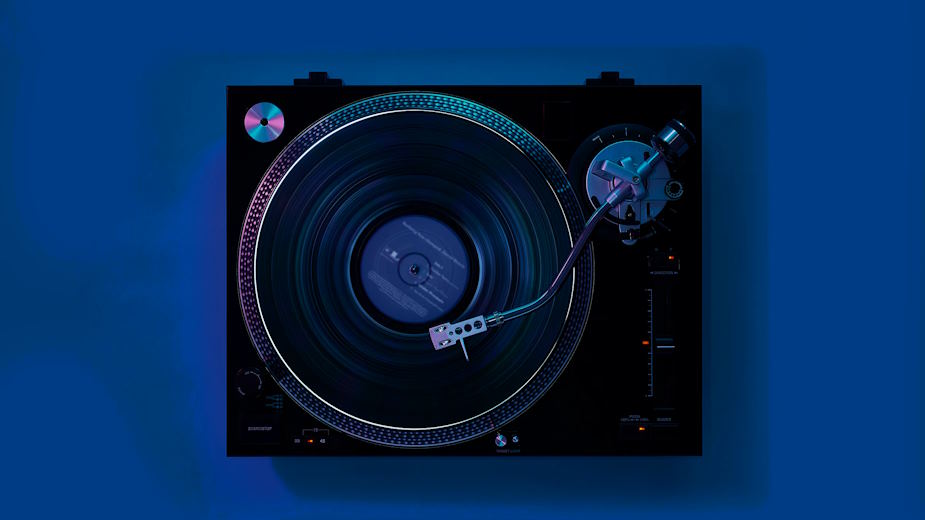As audiophiles and music lovers gravitate towards the warm, rich tones of vinyl, the importance of turntable design in delivering an unparalleled listening experience cannot be overstated. The turntable is more than just a piece of audio equipment; it is a meticulously crafted instrument where engineering meets artistry to extract the finest nuances from grooves etched in vinyl.
Key Components of Turntable Design
Turntable design is a meticulous art, and its key components play a pivotal role in shaping the audio quality that discerning listeners crave. Let’s delve into these components and understand their impact on the overall performance of a turntable.
Plinth and Chassis:
The plinth, or the base of the turntable, and the chassis, its support structure, form the foundation of the entire system. The choice of materials, whether it’s solid wood, acrylic, or metal, significantly influences vibration control. Materials with high density and vibration-damping properties contribute to a stable platform, preventing unwanted resonances that could color the sound. Innovative designs take this a step further, incorporating advanced composites or hybrid materials to enhance stability, providing a foundation for pristine sound reproduction.

Tonearm:
The tonearm is a critical element responsible for translating the grooves on the vinyl into audible sound. The materials used in its construction, such as aluminum or carbon fiber, impact its rigidity and resonance characteristics. Equally important is the tonearm’s geometry, determining its ability to track the record accurately and align the stylus with precision. A well-designed tonearm ensures that the delicate dance between the stylus and vinyl is executed flawlessly.
Turntable Drive Systems:
The choice between belt drive vs direct drive record player is a longstanding debate in the audiophile community. Belt-drive systems use an elastic belt to turn the platter, isolating the motor’s vibrations. In contrast, direct-drive systems have the motor directly integrated into the turntable’s spindle. The battle between these mechanisms influences speed stability and, consequently, overall performance.
Cartridges and Stylus:
Cartridges are the bridge between the record and the turntable’s electronics. The type of cartridge employed can profoundly influence sound reproduction. Moving Magnet (MM) or Moving Coil (MC) cartridges offer distinct sonic characteristics. Equally crucial is the stylus profile, affecting tracking ability and fidelity. The interplay between cartridge and stylus defines the intricacies of the music heard.
Platter and Bearing:
The platter, where the vinyl rests, and its bearing system contribute to rotational stability. Platter materials, often aluminum, acrylic, or even glass, impact inertia and speed consistency. Likewise, bearing types, whether it’s a traditional ball bearing or a more advanced magnetic bearing, directly affect the smooth rotation of the platter, minimizing mechanical interference for a purer audio experience.
Technological Advancements
Integration of Digital Technology in Turntable Design:
 In the ever-evolving landscape of audio technology, turntables are not exempt from the digital revolution. Modern designs seamlessly integrate digital elements, offering benefits such as USB connectivity for digitizing vinyl collections. Analog enthusiasts can now bridge the gap between vintage vinyl and contemporary digital platforms, embracing the best of both worlds. The incorporation of digital technology in turntable design represents a harmonious marriage between the nostalgic charm of vinyl and the convenience of digital formats.
In the ever-evolving landscape of audio technology, turntables are not exempt from the digital revolution. Modern designs seamlessly integrate digital elements, offering benefits such as USB connectivity for digitizing vinyl collections. Analog enthusiasts can now bridge the gap between vintage vinyl and contemporary digital platforms, embracing the best of both worlds. The incorporation of digital technology in turntable design represents a harmonious marriage between the nostalgic charm of vinyl and the convenience of digital formats.
Automatic Features and Their Implications on Audio Quality:
Traditionally, turntables required a hands-on approach, with users manually lifting and placing the tonearm. However, technological advancements have birthed automatic features that handle these tasks with precision. While this brings convenience, purists often question the impact on audio quality. Delving into the realm of automatic turntables unveils a delicate balance, as well-implemented automation can enhance user experience without compromising sonic integrity. The challenge lies in crafting mechanisms that streamline operation while preserving the essence of analog sound.
Wireless Connectivity and Its Role in Modern Turntables:
The wireless revolution has permeated the world of turntables, introducing seamless connectivity options. Bluetooth-enabled turntables allow users to wirelessly stream audio to compatible speakers or headphones, freeing enthusiasts from the constraints of traditional cables. While this marks a leap in convenience, audiophiles scrutinize the potential impact on audio fidelity. Exploring the role of wireless connectivity in modern turntables unveils a dynamic landscape where convenience meets the pursuit of uncompromised sound, challenging traditional notions and inviting a new era of wireless audio exploration.